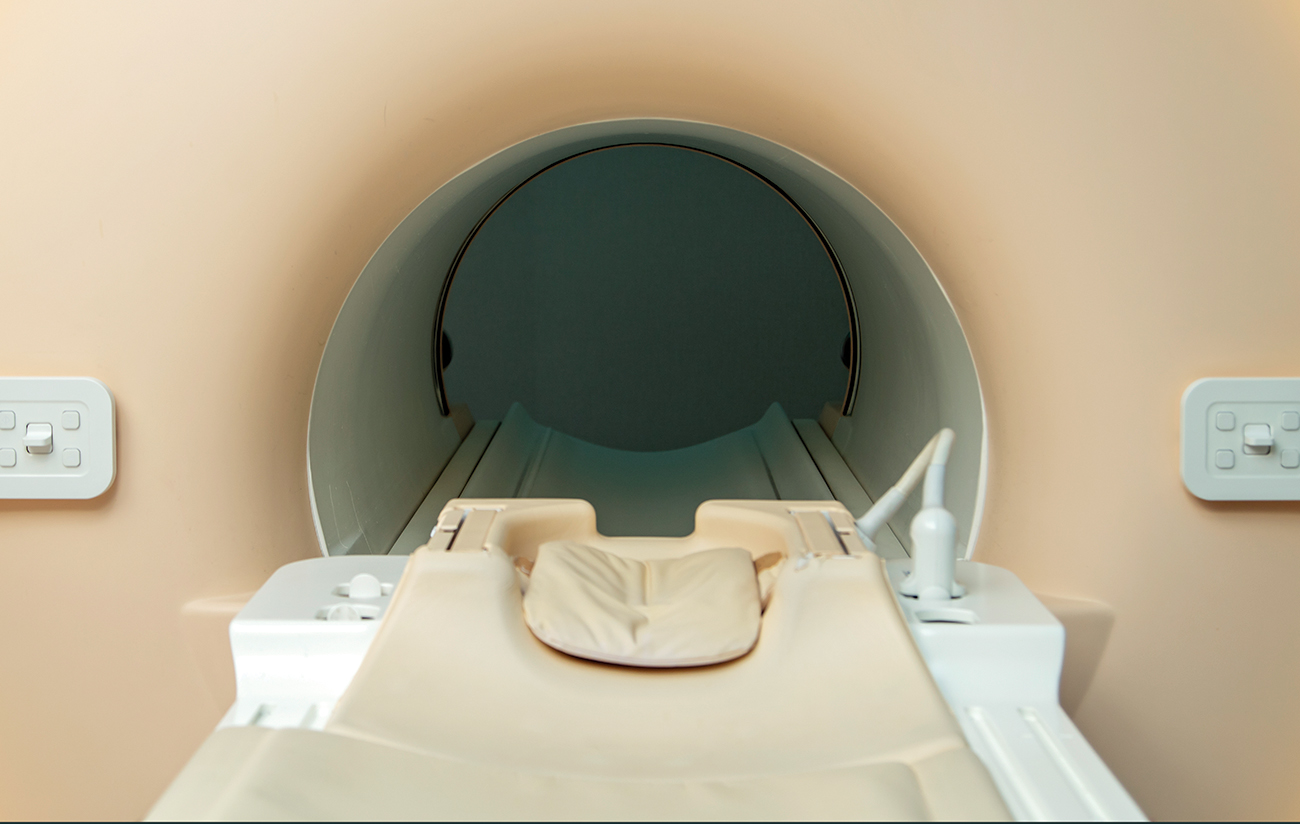Medical innovations have improved treatment for many diseases but have simultaneously raised spending on health care. Many health economists believe that technological change is the major factor driving the growth of the health-care sector. Whether quality has increased as much as spending—that is, whether new innovations raise or lower quality-adjusted prices in health care—is a central question for both positive and normative health-care analysis. We do a systematic analysis of the impact of technological change on quality-adjusted prices, with over 6,000 comparisons between innovations and incumbent technologies. We observe each innovation’s price and quality, as well as the price and quality of an incumbent technology treating the same disease. We find that the innovations’ quality-adjusted prices are higher than the incumbents’ for about two-thirds of innovations. Nevertheless, we argue that quality-adjusted prices may fall or rise over time depending on the effect of competition on incumbents’ prices over time. A 4-percent price decline due to competition would offset the cross-sectional price difference for a majority of indications. We discuss the conditions particular to health care that may cause increases in quality-adjusted prices over time rather than decreases as experienced in many other industries.
CRA announces vice president promotions
“I value the successes and achievements of all my colleagues and particularly enjoy when I have the privilege of congratulating our newly promoted vice...



